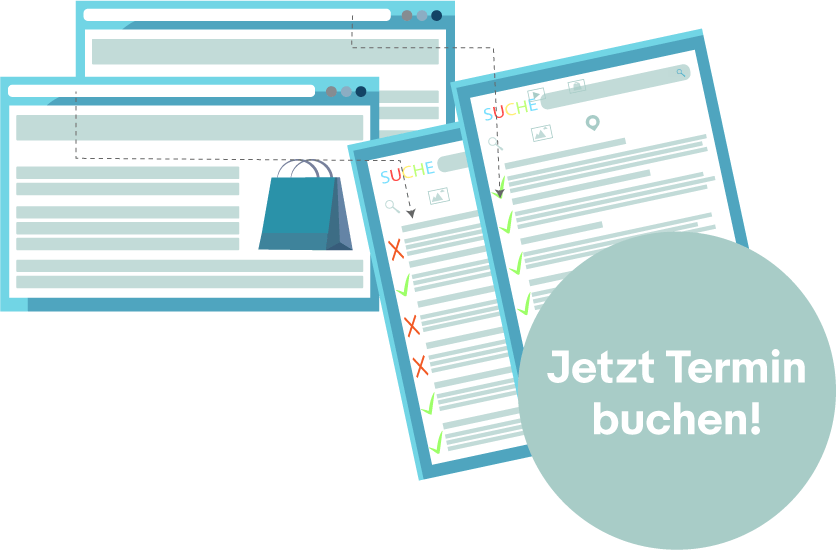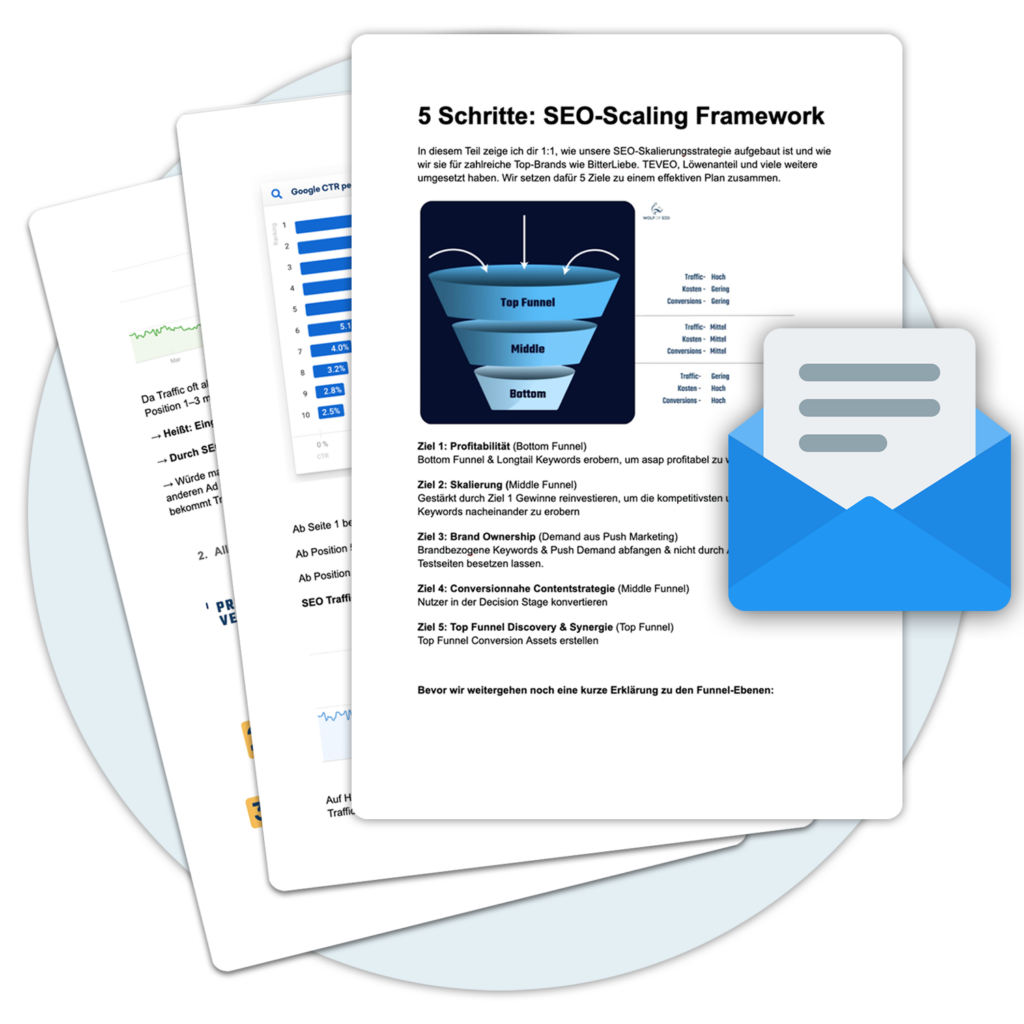
More and more companies are learning that to stay competitive, they need to invest in user experience. The problem is, they don't necessarily know what it means. The good news is that there has never been a better time to learn about User Experience (UX) To learn. Whether you want to become a professional UX designer or just learn the principles of UX to create better products, designs, and campaigns, we're here to help you get started.
What does user experience mean?
The exact definition, is "the perception and reaction of a person resulting from the use and expected use of a product, system or service".
Or, more simply put, is the user experience you have with what's in front of you at the moment you use it.
There are many facets to user experience, none of which can stand alone. For example, it is a common mistake to equate usability with user experience. Usability is concerned with whether you are able to accomplish a task or goals with a product or service.
What makes a good user experience?
1. does the product serve its purpose?
One of the most basic requirements of a good UX is to actually accomplish what you set out to do. If you can't use the product, then the product is useless to you.
2. is the important information easy to find?
Finding the information you need is also important. Is the navigation menu intuitive? Is the search bar where you thought it should be? If you have to think too much about how to find what you need, the UX is lacking. This also applies to the ability to find the product itself - whether through online searches or otherwise.
3. does your product fulfill the Search Intention?
A product can be beautifully designed and easy to use, but if it doesn't help fill a need you have, you won't be interested in it.
4. is your product user-friendly?
If a product's design is intuitive and user-friendly, you'll be happy to use it. And if it's not? Even the most useful and functional product can provide a poor user experience if the user has no incentive to use it.
5. do potential customers see the value of your product?
If a product doesn't provide some value in your life, chances are you won't use it for long. Does the product save you time or money? Does it help you achieve personal or professional goals? Whatever the measure, a product should provide you with value when you use it.
6. is your product trustworthy?
Credibility is enormously important. If you don't trust a website, you certainly won't give them your credit card details to complete a purchase.
7. is it easily accessible?
If you do not reach the destination of your Search Intention can get, you will not be able to use the goods or services offered there. Users with disabilities must be taken into account to ensure that everyone has access to your product.
To illustrate this, imagine buying an airline ticket online. The website is beautiful, the flights were easy to search and the fares were clearly displayed. You could easily find what you needed, and the experience was smooth and pleasant. And then you try to book your flight. The ordering process is cumbersome and confusing, and when it comes time to enter your payment information, you don't feel comfortable with the airline and you start to question your purchase.
Each aspect of the user experience is important and has its own particular characteristics, but they all work together to create a good or bad experience.
« Back to Glossary Index





